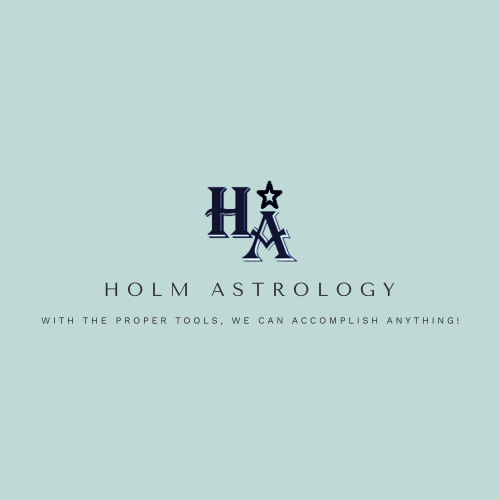Our birth chart or natal chart is a snapshot of the heavens with the earth in the centre surrounded by all the planets at the moment of birth. This chart remains influential as long as you live. Immediately after birth, the planets, although frozen in the natal chart (indicated by the planets on the inside of the chart picture), continue to move by transit (indicated by the planetary symbols on the outside of the chart circle). Each planet moves at different speeds and in different directions depending on whether they are direct or retrograde in motion.
Transits are these movements of the planets and the way their
energies are interpreted depends on the angles the transiting planets make
(aspects) to the natal planets and angles.
The angles include the MC, the Ascendant (AC), the IC and the DC . There are many aspects these transiting
planets can make with the birth chart locations (Major and Minor aspects) and
some of these aspects are considered challenging while some work in a
favourable manner. Much depends on the
type of aspect (degree of the angle) and planets that are involved.
When a transiting planet, for example, the conjunction (0 to
10 degrees separation) meets up and conjoins with a natal position of a planet,
the energies merge and become one. A
conjunction creates an emphasis and elevates the energies of the planets
involved or the angles in the natal chart it touches. The conjunction for example as mentioned is a
0-10 degree aspect and the energies increase as these planets begin to merge
together. When direct (0 degrees apart),
the energies are the strongest. As they
begin to separate, the energies weaken and usually within 2-3 degrees past
direct the energies are basically gone.
Saturn is the exception and its energies last longer and are often at
their peak 2 degrees past direct.
This is the basics on how transits work, and you will have
to take into consideration the planetary energies involved as well as the
angles, together with the house placement of where these planets are
found.
When a planet is moving through the seventh house for
example, seventh house matters will be involved. You not only look at the transiting planets
position but you look at the natal planet being aspected as well as the natal
position of the transiting planet. In
other words, if Uranus is transiting the seventh house, the seventh house is
enhanced or activated, then let’s say that it is aspecting the Sun in the 10th
house, this indicates that the tenth house is also highlighted. If Uranus is natally in the fourth house then
you also have to take into consideration what this house signifies.
When delineating the transits make sure you understand the
duration of the transits. All the outer
planets have a greater impact on your life because they move much slower. Pluto can have as much as 3-4 years impact on
your life for example. The most powerful
period will always be when planets are direct and using our Pluto example, this
could peek as long as one to two years.
Visit
www.holmastrology.com for more
information on Astrology and information on the Astrological charts we offer.
Holm
Astrology also offers individual intuitive readings or group parties. For more
information, visit us at www.holmastrology.com/intuitive-readings
Are
you interested in learning Astrology? Holm Astrology offers Astrology courses. Our current classes have been postponed but
please watch for the announcement of our new dates yet to be established. Visit www.holmastrology.com/astrology-classes for
course details.
Please
“Like” us on Facebook. Your “shares” are appreciated and your
questions are welcomed.
If
you have confidential comments or questions, or if you would like to speak to
us concerning the preparation of a chart, please visit www.holmastrology.com/contact-us



No comments:
Post a Comment